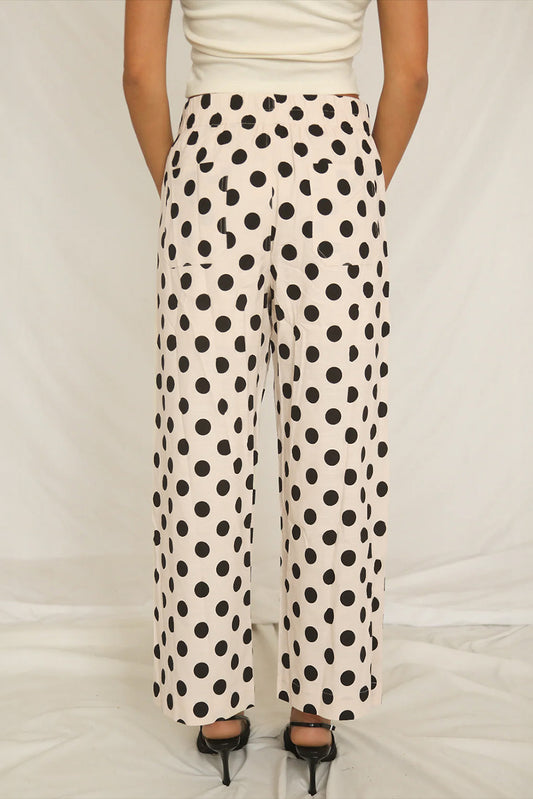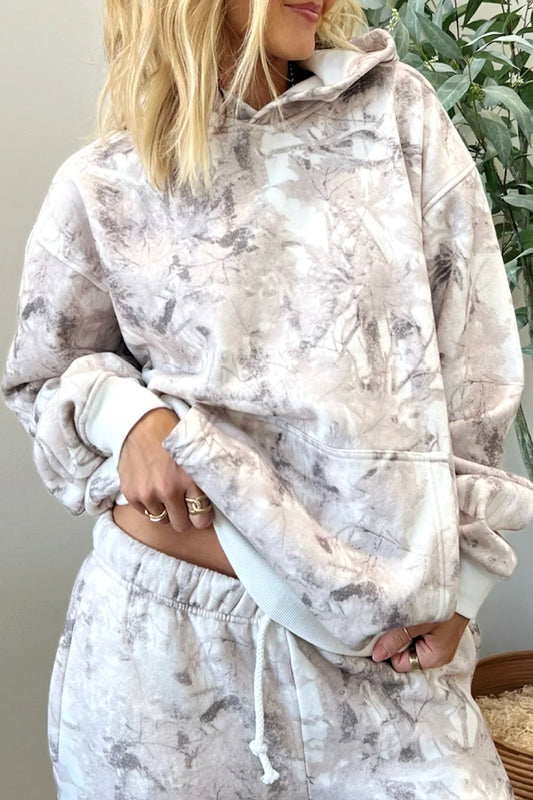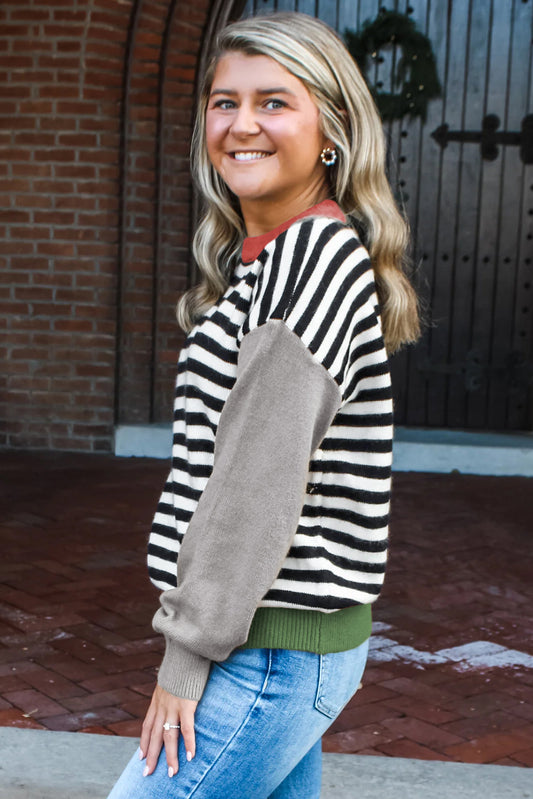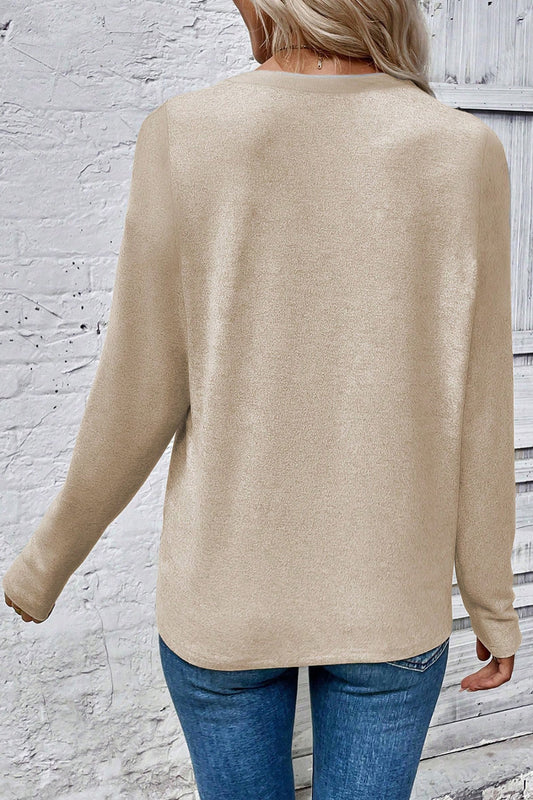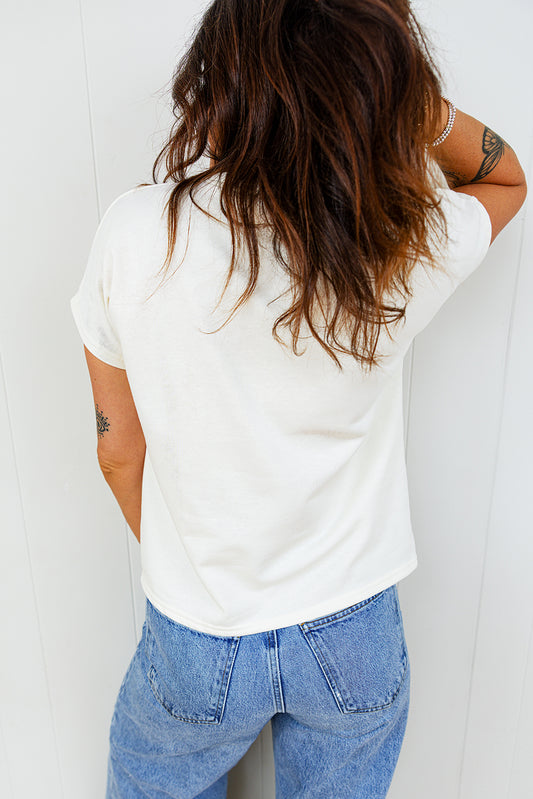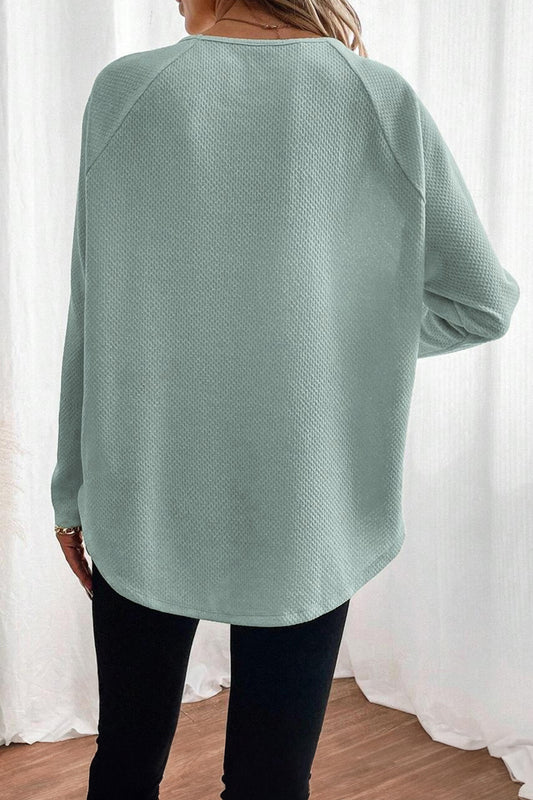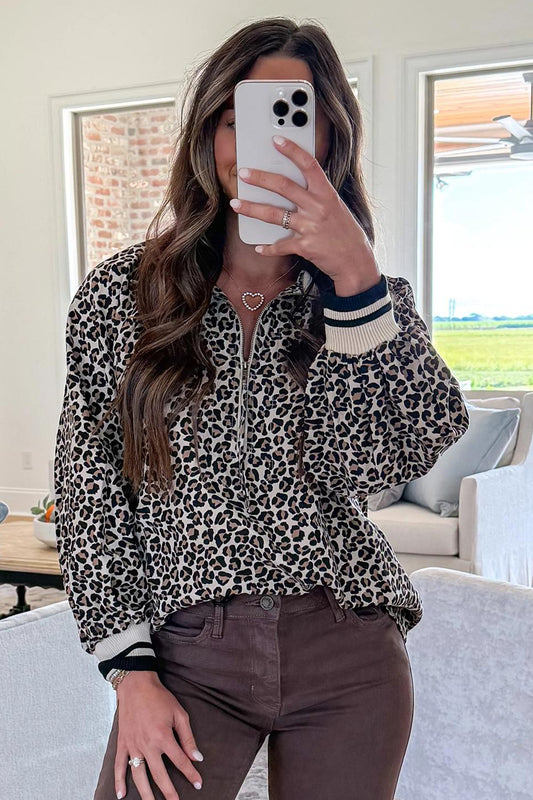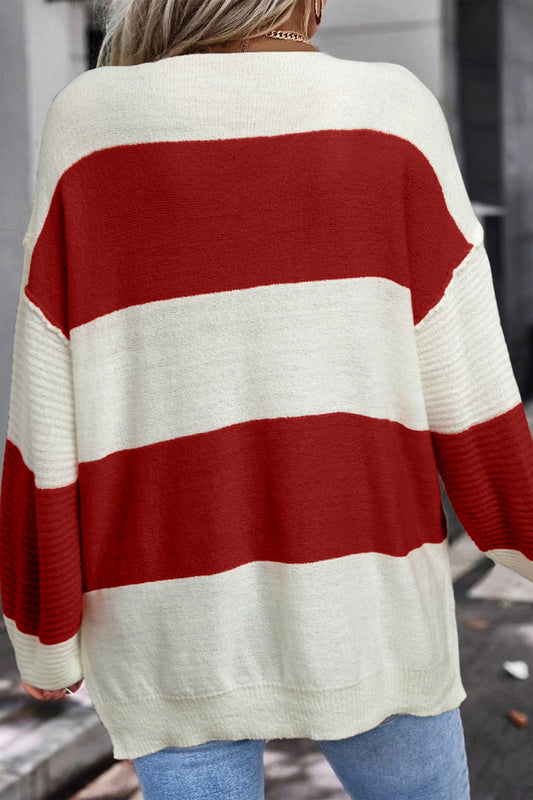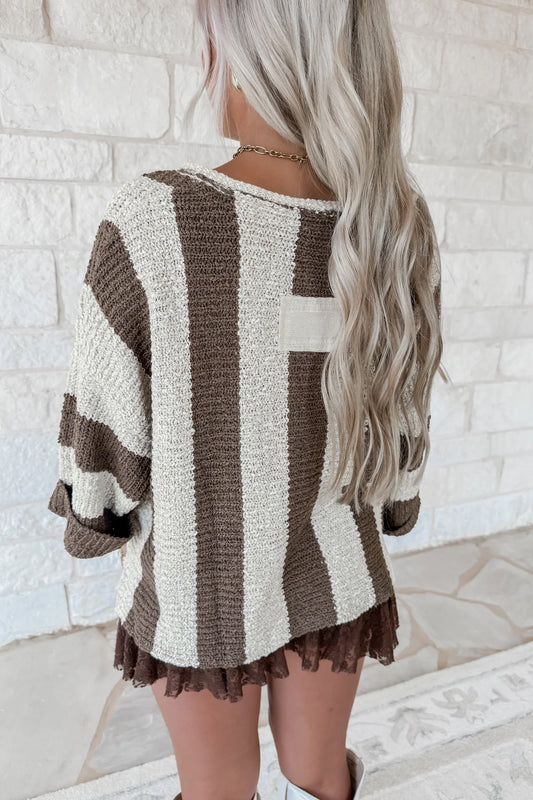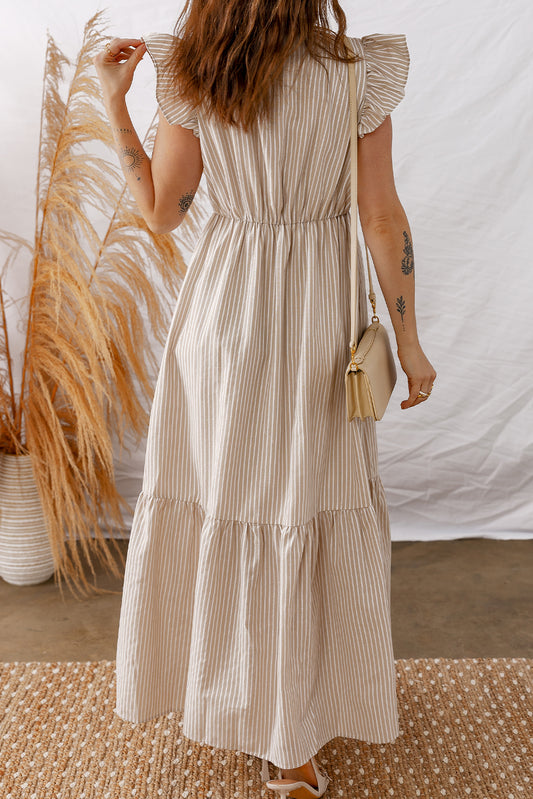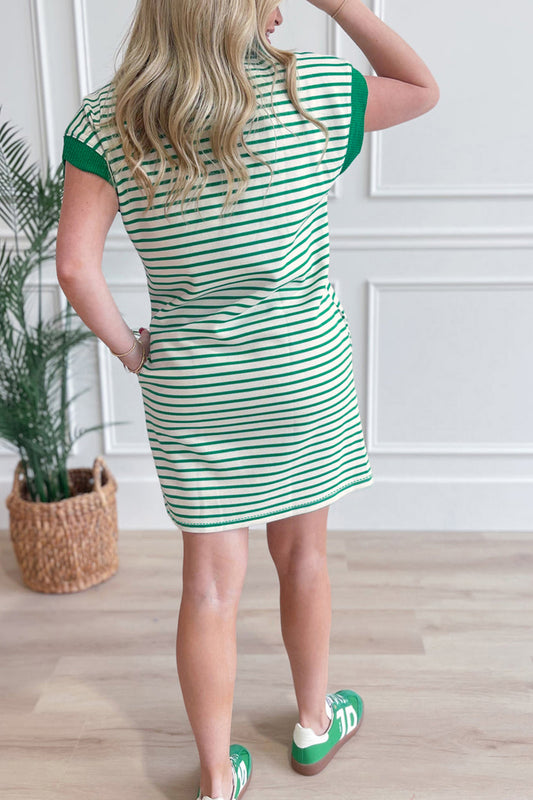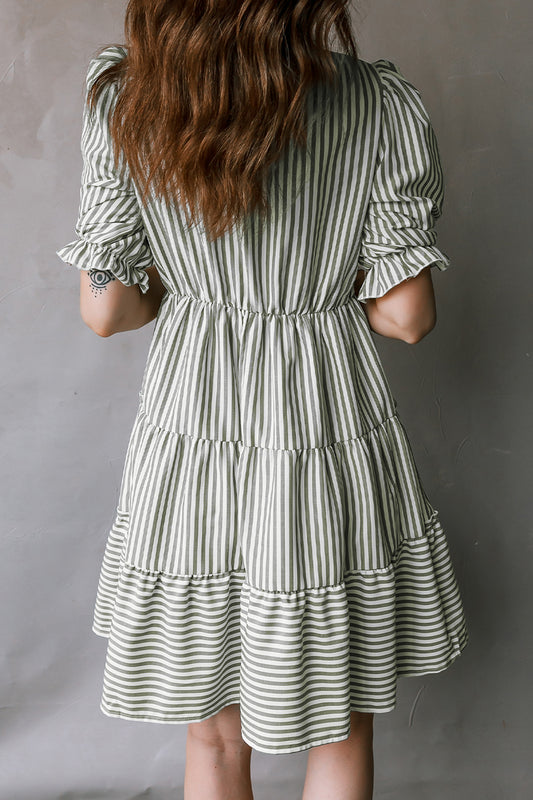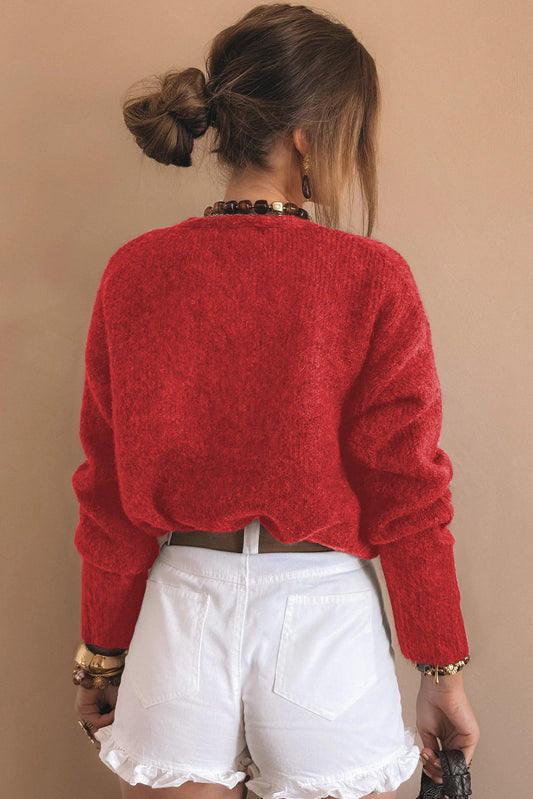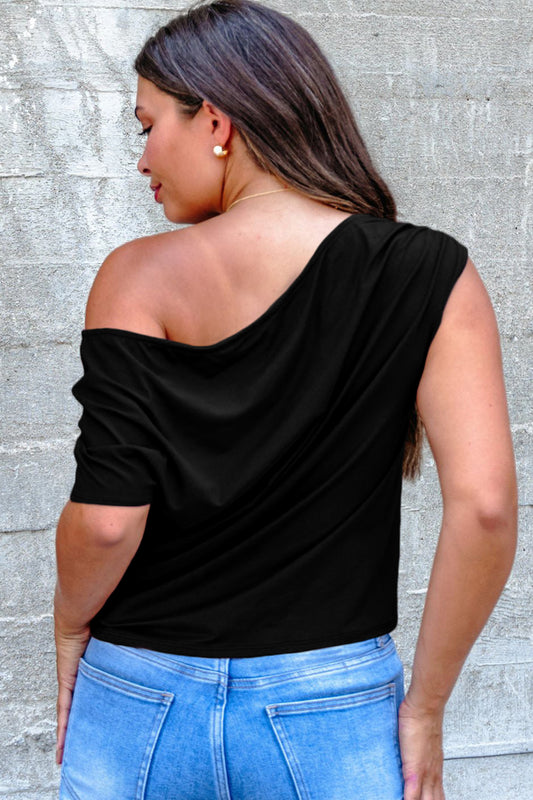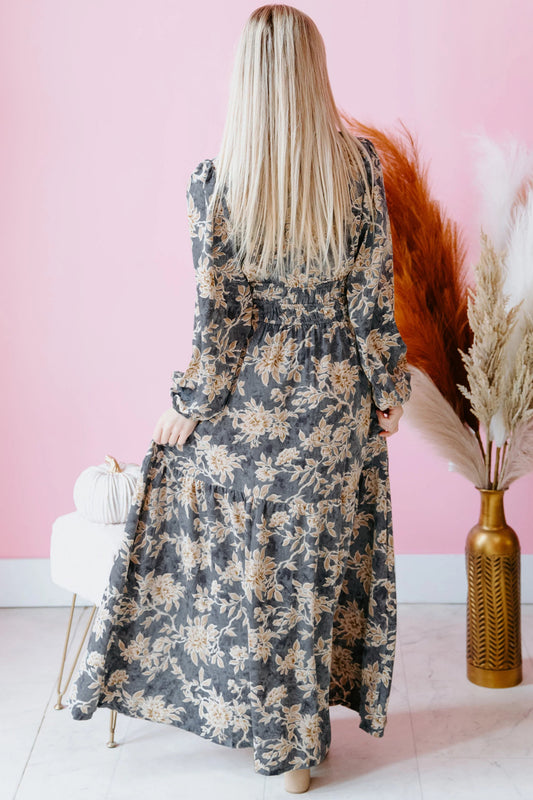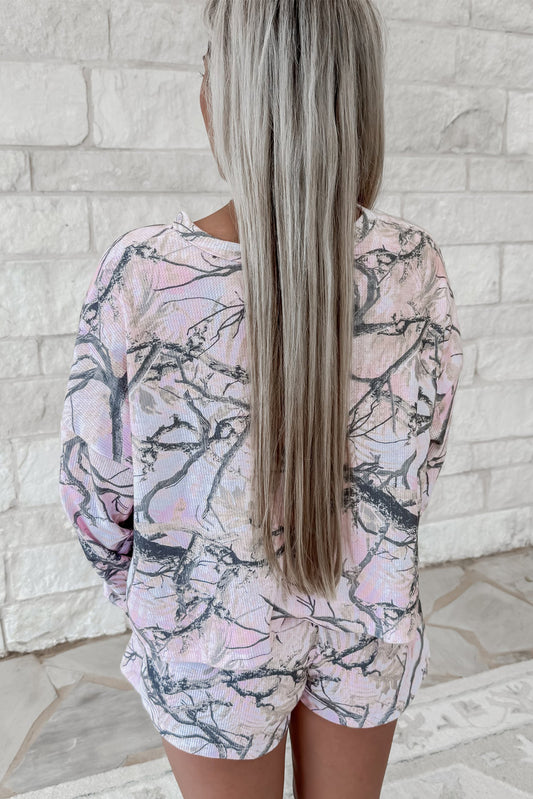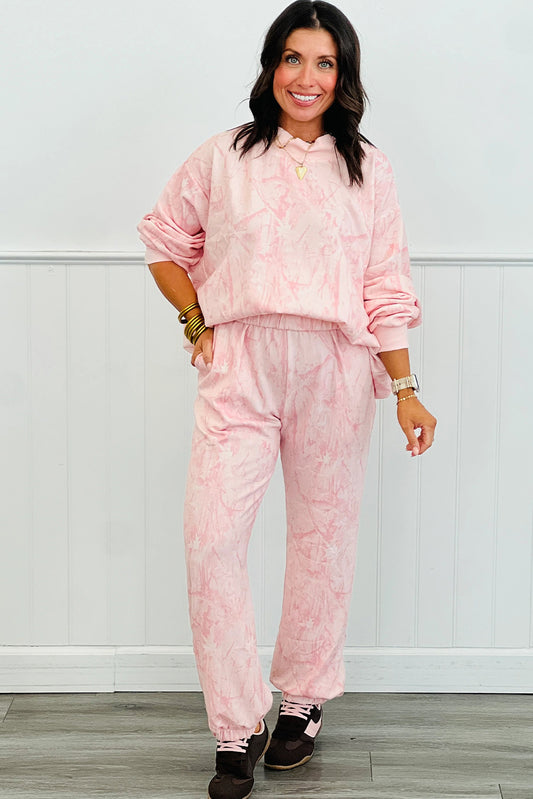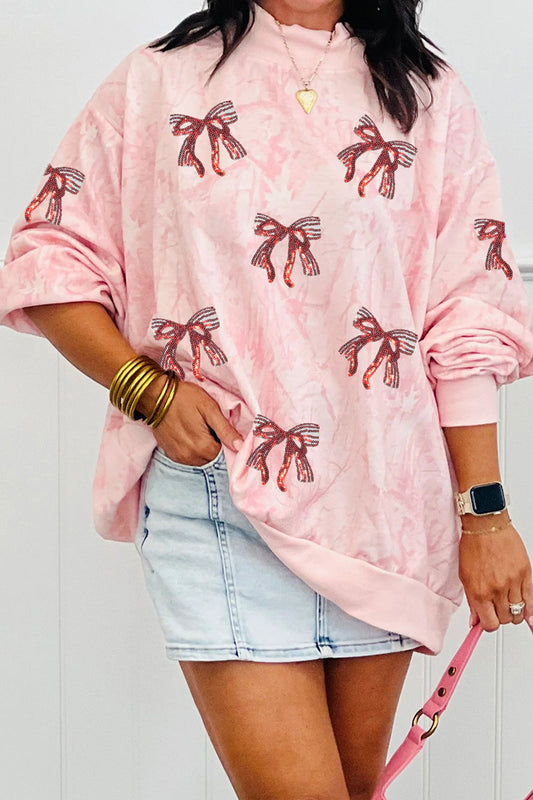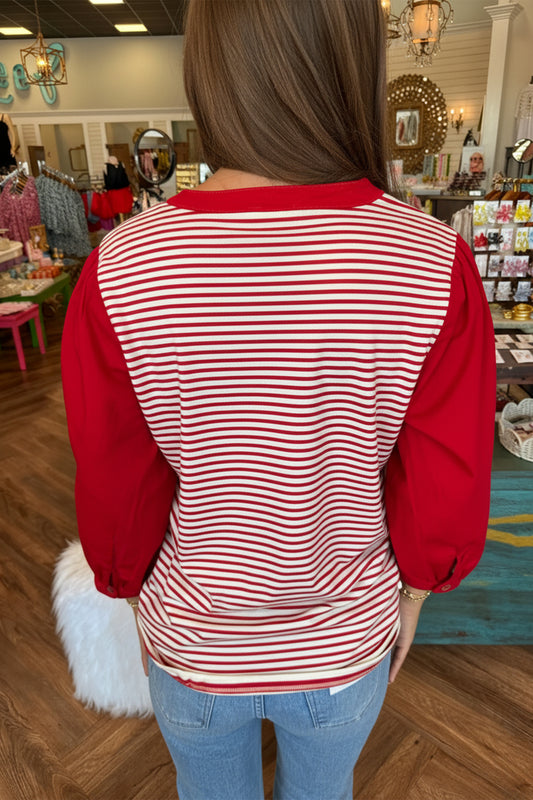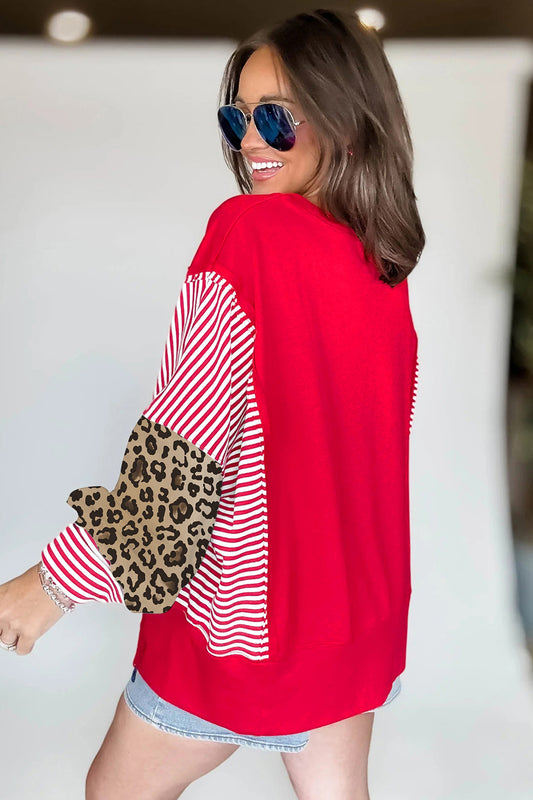
Is It Appropriate To Wear Strappy High Heel Sandals To Work?
Strappy high heel sandals can be stylish, empowering, and a staple in many women’s wardrobes—but do they belong in the workplace? In this article, we explore the blurred lines between fashion and function, especially in professional settings. You'll learn when open-toe shoes are appropriate, how dress codes impact your footwear choices, and why even gorgeous heels can sometimes send the wrong signal. We also cover health considerations, grooming tips, and how to coordinate your office look with seasonal and dress code changes. Plus, we’ll introduce you to a few key picks from HannaBanna’s own collection that could strike just the right balance between stylish and work-appropriate.
Fashion vs. Professionalism: The Fine Line at Your Feet
There’s no denying that strappy high heel sandals can elevate an outfit—literally and figuratively. But the moment you step into an office, your footwear becomes more than a fashion statement; it’s part of your professional presentation.
Different offices have different expectations. What flies at a creative agency might raise eyebrows at a financial firm. The heart of the matter isn't just whether strappy sandals are fashionable, but whether they align with your company’s occupational dress policies and corporate dress standards.
“Always dress for the job you want, not the beach vacation you’re dreaming about.”
In workplaces that lean business formal, closed-toe shoes are the norm. Think structured pumps or loafers—polished, practical, and purpose-driven. In contrast, smart casual or business casual environments might offer a little more flexibility, especially in the warmer months.
Consider the Dress Code First
Let’s break down a few common office environments and what they suggest about your footwear choices:
-
Business Formal: Stick to closed-toe, dressy shoes in conservative cuts and colors. Sandals, particularly strappy ones, are typically considered inappropriate footwear.
-
Business Casual: This is where you might get away with more creative choices—leather sandals, kitten heels, or even classic block heels. Still, the key is modesty and elegance. Avoid excessive straps or sky-high stilettos.
-
Smart Casual: Think startups or design studios. Here, fashionable yet professional shoes—including some open-toe options—are often acceptable. The key? Make sure the rest of your outfit signals you’re there to work.
Want to explore stylish work-ready options? Browse our collection of shoes for versatile pairs that work with both smart and semi-formal looks.
More Than Looks: Health and Comfort Matter Too
Wearing high heels every day may do more harm than good. Beyond the aesthetic, there's real science behind foot health. Strappy high heel sandals, especially with high arches, can increase pressure on the forefoot, potentially leading to:
-
Bunions
-
Hammer toe
-
Morton’s neuroma
-
Back and knee strain
-
Tightening of the Achilles tendon
These effects compound over time and may be made worse if your posture is compromised. That’s why varying heel heights and footwear rotation are recommended. You’re not just dressing your feet—you’re protecting your musculoskeletal system.
“The higher the heel, the more your body works against its natural alignment.”
Choosing a well-fitted heel, preferably under 3 inches, can mitigate some risks. Look for footwear ergonomics and padded soles, especially if you’re on your feet for extended periods.
If you're navigating both fashion and foot support, check out our sandals collection for designs that don’t compromise on style or sensibility.
Grooming, Polish, and Details That Matter
If you do decide to wear open-toe shoes, remember: presentation extends to grooming. Even the most office-appropriate heels can lose their polish (pun intended) if they reveal chipped polish or unkempt toes. A neat pedicure is non-negotiable in any professional setting.
This attention to detail signals respect for both your appearance and the workplace environment. If you wouldn’t wear wrinkled clothes to a client meeting, why wear scuffed sandals?
Also consider the formality of the event or day:
-
Internal team meeting? Possibly fine.
-
Pitching to a major client? Opt for something more traditional.
When Style Meets Seasons: The Summer Sandal Dilemma
Warm weather naturally invites lighter fabrics, brighter colors—and yes, open-toe shoes. But how does seasonal footwear appropriateness fit into your company’s expectations?
Summer office footwear can absolutely include strappy high heel sandals, but your decision should consider:
-
Dress code context – Are you still expected to wear blazers or tailored trousers, or has the office embraced a looser interpretation of business casual?
-
Client interaction – You might dress down for internal meetings but elevate your look for client meetings.
-
Team hierarchy – If your supervisor still wears closed-toe shoes year-round, take that as a subtle hint. Following the supervisor dress example can help you make better style decisions.
“When in doubt, dress one level up from what’s expected—it’s better to be slightly overdressed than underprepared.”
Choosing sandals with subtle straps and solid structure—perhaps a low block heel in neutral leather—can often thread the needle between fashionable yet professional shoes and workplace appropriateness.
Styling Tips: Make It Work, Fashionably
If your office dress policy gives you some wiggle room, here's how to wear strappy heels with polish and purpose.
1. Match Formality with Attire Coordination
Pairing your shoes with tailored separates helps maintain balance. For example:
-
Wide-leg trousers + tucked blouse + heeled sandals = elevated smart casual
-
Pencil skirt + blazer + modest heels = boardroom-ready
This is where formal attire coordination becomes crucial. Your footwear should complement—not contrast—your outfit’s tone.
2. Choose the Right Material and Color
Go for leather sandals or vegan alternatives in solid hues like black, tan, or blush. Avoid:
-
Overly shiny finishes
-
Bright neons (unless you're in a creative industry with more relaxed vibes)
-
Excessive embellishments or platform soles
3. Mind the Details
-
Avoid flip flops—yes, even the designer kind.
-
Avoid any design that seems better suited for cocktails than conference calls.
-
Ensure the heel isn’t too thin or sky-high unless you’re extremely confident in them.
Many professionals prefer comfortable heels for office settings that offer padding or arch support, especially if commuting is part of their day.
Reading the Room: Office Culture & Unspoken Rules
Sometimes what’s technically allowed isn’t the same as what’s silently expected. That’s why understanding office setting norms is just as important as checking the handbook.
For instance:
-
Tech companies may encourage individuality, so stylish, clean strappy heels could be acceptable—even celebrated.
-
Law firms or financial institutions may enforce more traditional HR footwear guidelines, even in summer.
This is where footwear discretion in the workplace plays a huge role. If you're unsure whether your sandals pass the test, observe what others in your role or department wear, especially those a few rungs above you.
And remember: Footwear can either strengthen or sabotage your professional image.
Health Over Hype: What Your Body’s Trying to Tell You
Earlier we touched on some physical concerns—but let’s dig a little deeper. Regular wear of high heels, especially narrow, strappy ones, can impact much more than your feet.
Common long-term risks include:
-
Posture alignment issues
-
Back and knee strain
-
Worsening of bunions or hammer toe
-
Aggravation of Morton’s neuroma
-
Strain on the Achilles tendon
Wearing heels for extended periods can also throw off your body’s natural balance, requiring extra muscle effort just to maintain stability. That’s where heel height recommendations and footwear rotation come into play.
Consider keeping a pair of flats or more supportive shoes at your desk for walking between meetings or commuting. This small shift can help mitigate the musculoskeletal impact of daily heel wear.
“Style should never come at the cost of your health—or your career confidence.”
Real-World Scenarios: Should You or Shouldn’t You?
To help you apply all of this in your everyday life, let’s explore a few real-world situations where your decision to wear strappy high heel sandals might be a hit—or a potential miss.
✅ When They Work
-
Creative Industry Offices: Design, marketing, or media firms tend to favor individuality over rigid formality. Here, a pair of sleek, structured strappy heels can be a stylish addition—especially when paired with a minimalist outfit and a well-groomed pedicure.
-
Casual Fridays: If your company permits slightly relaxed attire at week’s end, subtle open-toe heels in neutral leather can pass the test—just skip anything too flashy or sky-high.
-
Warm-Weather Internal Events: From office picnics to informal in-house workshops, there are scenarios where the line between casual and professional softens. In these cases, a smart wedge or block heel could blend right in.
❌ When to Leave Them at Home
-
Client-Facing Meetings: Even in relaxed dress environments, client meetings often require extra formality. Choose closed-toe shoes to convey confidence, authority, and a polished image.
-
Corporate Interviews or First Days: If you’re new to the team, it's wise to avoid bold footwear until you understand the office setting norms.
-
Highly Formal Workplaces: Legal firms, financial institutions, and corporate consultancies often lean conservative. Stick to business formal staples like pumps or structured flats.
Making the Right Choice with HannaBanna
At HannaBanna Clothing, we design with versatility and confidence in mind. Whether you're stepping into a boardroom or breezing through a brainstorm session, your footwear should support your goals—not distract from them.
Our sandals collection includes curated styles perfect for summer wardrobes and relaxed work environments. Think modest straps, stable heels, and designs that transition effortlessly from professional to personal.
Need something a little more universally work-ready? Our shoes collection offers understated elegance with comfort-first construction—ideal for long hours and high standards.
Final Thoughts: Balance Style With Sensibility
So—is it appropriate to wear strappy high heel sandals to work? It depends.
The answer isn’t a hard yes or no. Instead, it’s about context, company culture, and your ability to blend fashion etiquette in business settings with your personal flair. If your sandals align with the season, your office’s vibe, and your professional presentation, then wear them proudly (with proper grooming and posture, of course).
But always keep this in mind:
“The best professional footwear isn’t just stylish—it supports your ambitions, respects your environment, and keeps you moving confidently through every step of your career.”
Explore HannaBanna’s collections today and find the perfect pair that bridges fashion and function, one stylish step at a time.
FAQ: Strappy High Heel Sandals in the Workplace
1. Are strappy sandals considered professional footwear in all industries?
Not all industries share the same expectations. In creative, fashion, or hospitality sectors, strappy sandals can be perfectly acceptable. However, corporate, legal, and healthcare environments typically require more conservative dress code standards.
2. Can I wear strappy heels in a job interview?
As a general rule, it's best to avoid open-toe shoes during interviews unless the company has an explicitly casual culture. Closed-toe shoes signal professionalism and eliminate the risk of appearing underdressed.
3. Are there specific heel heights that are more acceptable in the workplace?
Yes. Most workplaces consider heels under 3 inches (approx. 7.5 cm) to be reasonable. Heel height recommendations often prioritize both professionalism and comfort. Anything higher may come across as too formal—or too fashion-forward.
4. What’s the difference between dressy sandals and casual sandals at work?
Dressy shoes—like heeled sandals in leather or suede with minimal embellishments—can be styled for work. Casual sandals, such as flat strappy styles or flip flops, are usually inappropriate footwear unless your workplace has a relaxed dress code or you're in a creative setting.
5. How should I transition strappy sandals from day to evening if I have post-work events?
Choose neutral-toned strappy high heel sandals with a modest heel and elegant design. Pair them with a day-appropriate outfit that can be elevated with accessories or a jacket for evening events.
6. Are strappy heels suitable for remote or hybrid work settings?
In virtual meetings, your footwear may not be visible, but dressing fully—shoes included—can boost confidence and mental focus. That said, comfort often trumps formality when working from home, so choose wisely.
7. How do I maintain foot hygiene when wearing open-toe heels at work?
Prioritize grooming. Keep nails trimmed, polish fresh, and feet moisturized. Even well-designed heels won’t save an outfit if paired with neglected pedicure maintenance.
8. Can I wear hosiery with open-toe sandals in the office?
This depends on the office culture. In most traditional environments, hosiery with open-toe shoes is considered a fashion faux pas. Opt instead for closed-toe shoes or go bare-legged if that fits your company’s aesthetic.
9. What features should I look for in office-appropriate strappy sandals?
Look for:
-
Moderate heel height
-
Quality materials like leather
-
Structured straps that secure the foot
-
Minimalist design
These elements improve both footwear ergonomics and style credibility in professional settings.
10. Are strappy sandals appropriate for formal work events like conferences or client dinners?
They can be, if styled correctly. For more formal settings, lean toward structured sandals in black, navy, or nude with refined detailing. Avoid glittery or ultra-trendy designs. When in doubt, a classic pump or dress shoes vs sandals choice may be safer.


